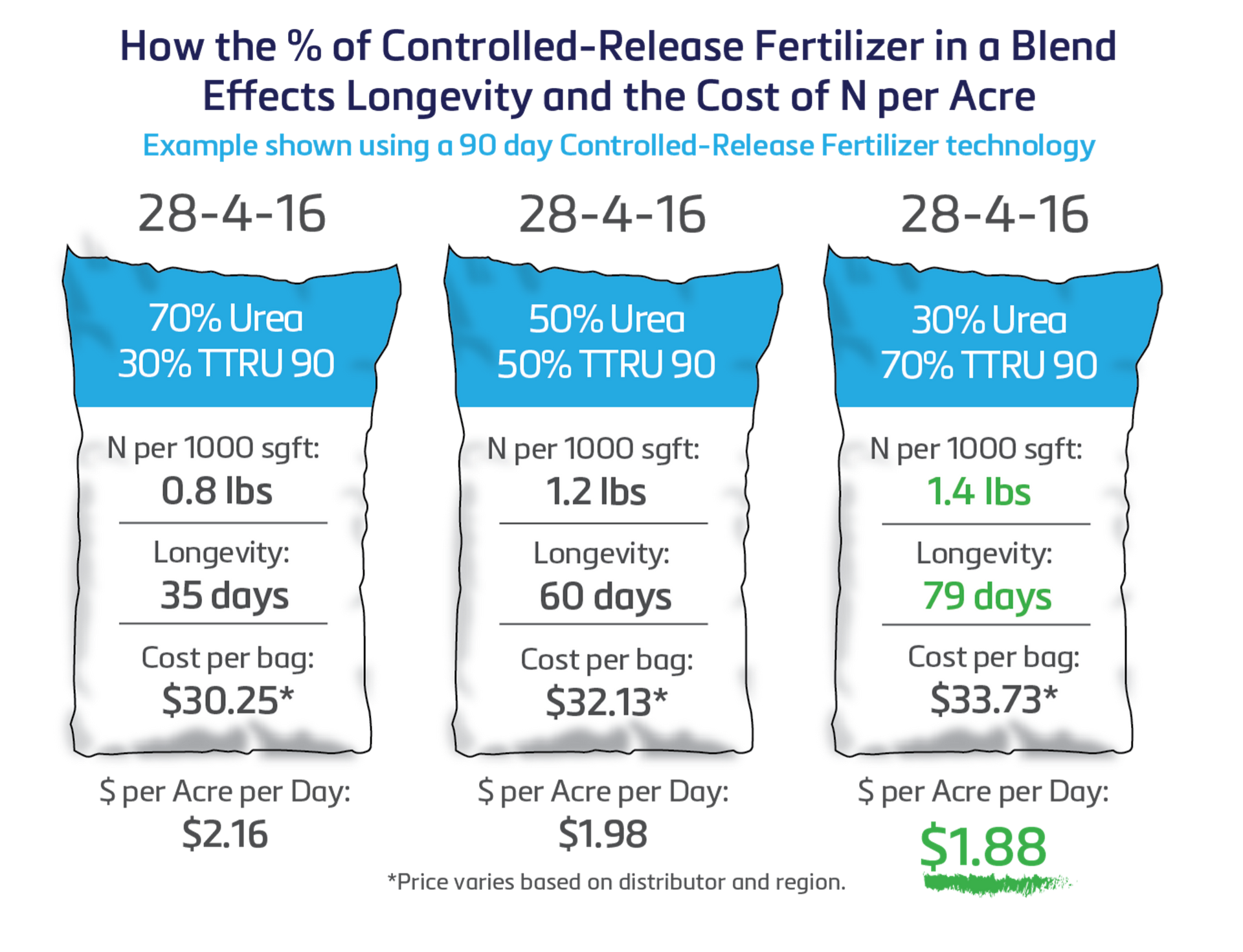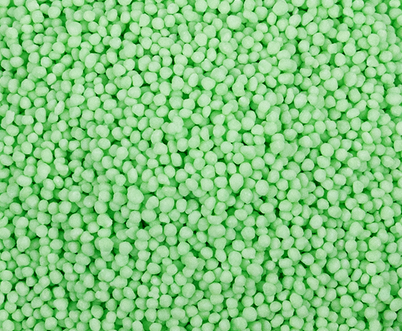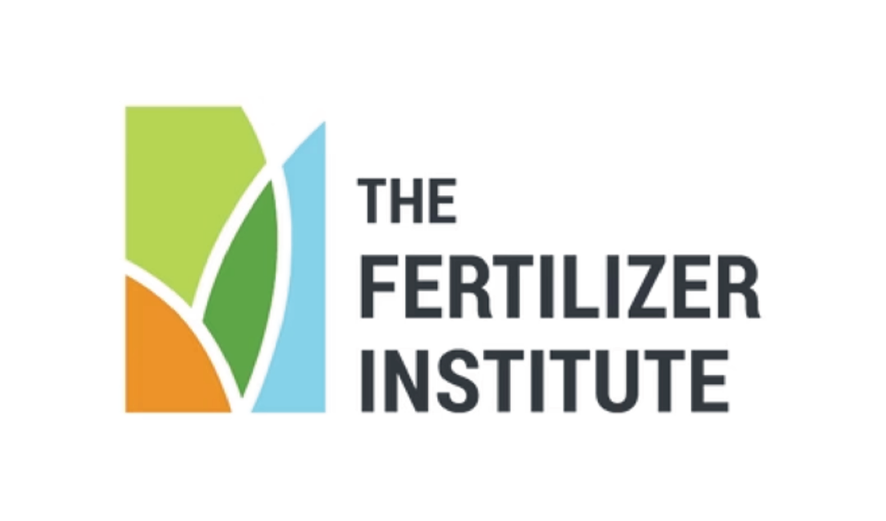What % of Slow or Controlled Release Fertilizer is Necessary to Provide Optimal Turf Nutrition & ROI?
Slow and Controlled Release nitrogen (N) fertilizers provide two important benefits to plants. They extend the longevity of nitrogen availability, and they increase the percentage of N that is actually taken up by the plant. How? Because they protect the nitrogen from being lost into the environment through leaching, volatilization, and denitrification. But what % of SRN/CRN is needed in the bag to get optimal turf nutrition? When untreated urea is applied, 40% of the N gets absorbed into the turf, and when SRN/CRN is applied, that number almost doubles - increasing to 70%+ (both values data supported). When they are blended together, the result is somewhere in the middle. The more SRN/CRN you include, the better return you get on your nutrient investment. If you can’t apply 100% SRN/CRN (and most rarely do), increasing the amount in the blend in any increment, say from 30% to 50%, gets more and more N in the plant, right where you want it.

If extended longevity is what you are after, you need to aim high. Research shows that to get the longevity benefit intended from Slow or Controlled Release nitrogen, it needs to make up more than 40% of the N in the blend. If it is lower, you still get increased N uptake, but if you want extended nutrition, bump it up to 40-50% or more. To further explain, see Figure 1 and the comparison between choosing a 30%, 50% and 70% Controlled-Release 90-day fertilizer technology in your blend. The higher the % of fertilizer technology, the longer your turfgrass will receive optimal nutrition. When turf does not have the proper nutrition to sustain it till the next application, it becomes more susceptible to weed and disease pressure, which can require more cost and labor to remediate.

Fig. 1
Did you know that the % of Slow or Controlled-Release Fertilizer technology in your blend can also impact your material cost per acre? Shown in Figure 2 below, you can see how the higher % of SRN/CRN fertilizer technology in your blend the less is cost daily to maintain healthy turfgrass. More extended nutrition can also help reduce rounds of application, which would lead to reduced labor and operational costs as well.

Fig. 2
Fertilizer prices in 2023 have softened compared to last year. Now is a great the time to improve your fertilizer blends, turf health and appearance by increasing the % of SRN/CRN in your fertilizer bag.
Share



